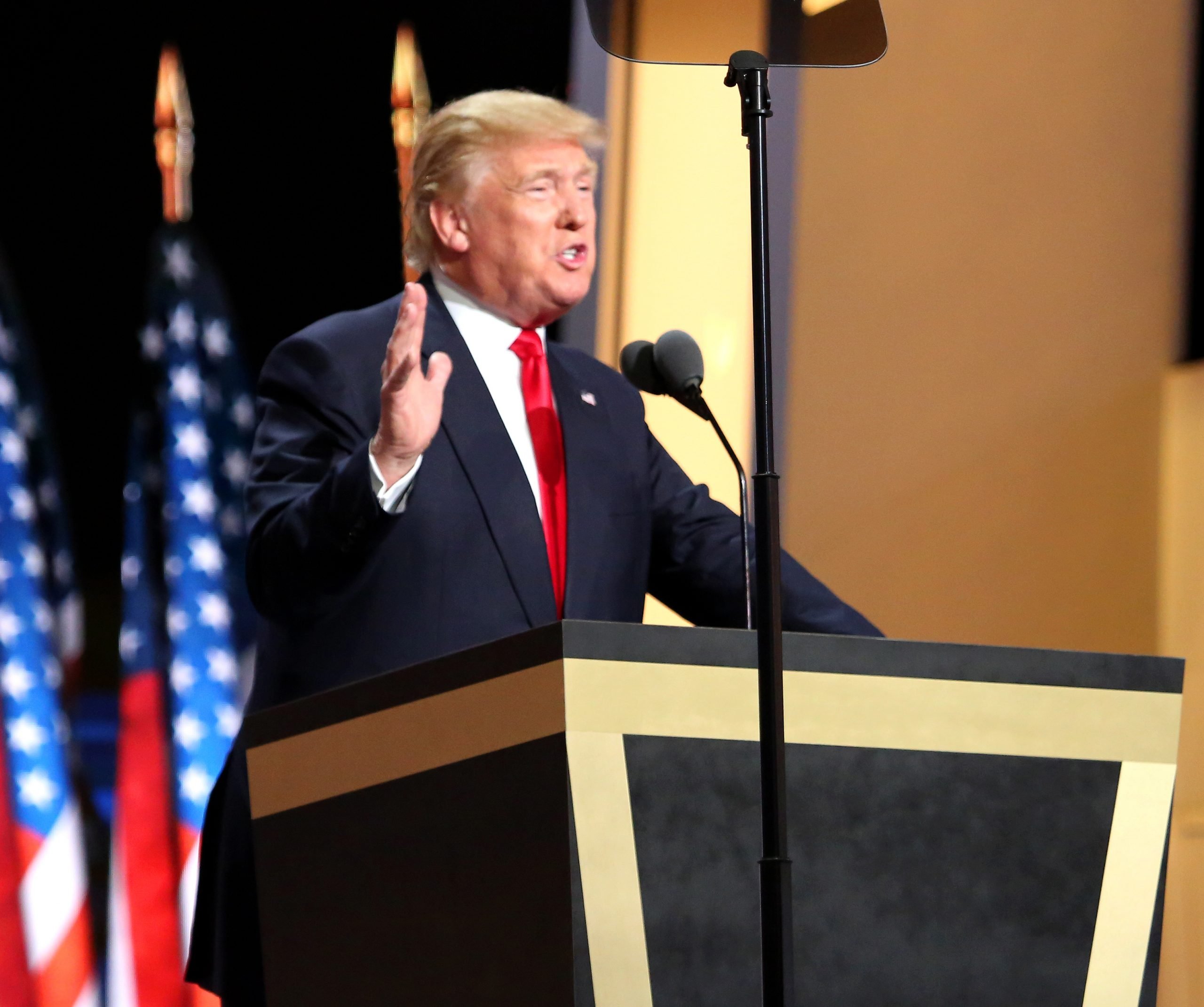

Of the alleged faults and foibles noted in the editorial, a few of them have the potential to hurt a person’s creditworthiness. I started to think about that. What sort of credit profile and credit score might Mr. Trump have according to the criteria used by most lenders?
First, let’s consider the five criteria that comprise a credit score:
- Payment history. Timely payment, late payments, nonpayments are all reported, and account for around 35% of a person’s score.
- Credit utilization comprises about 30% of your credit score. If you have $5,000 in available credit, you should try to keep the unpaid balance during any given month below $1,000—better yet, $500. The less debt a person carries, the better risk (or lack thereof) he or she represents to a lender.
- The age of your credit accounts for about 15% of credit score. Closing an account can impact both credit utilization and the overall age of a person’s credit.
- The mix of accounts matters. About 10% of your score is based on what kinds of credit accounts you have. The more varied, the better here.
- Hard inquiries are about 10% of your score. The more credit you shop for, the more potential lenders get concerned that you are a bit too interested in building your spending power — which is a positive spin for potential over-crediting and financial difficulties.
What Might Be Trump’s Credit Score?
There isn’t enough gold on this planet to tempt me to make a guess given how litigious the Republican candidate has consistently been during his long career, but there is enough evidence out there based on public statements made by The Donald that he would almost certainly say, “I guarantee there is no problem. I’m a 990!”
Note: The scale for most credit scores tops out at 850.
While doubtless Mr. Trump can borrow from any number of banks, unlike the American people, they get to see his tax returns.
Major caveat: While there is a firewall between a person’s business dealings and their personal credit (so long as there have been no personal guarantees and the business has a sufficient balance sheet and credit history), what follows looks at a hypothetical situation where that firewall doesn’t exist.
There are some indications that perhaps Mr. Trump might not represent the best risk to a potential lender. Yes, he has been using credit for a long time, so the age issue is not going to be a big factor. As for utilization — 30% of your credit score — it’s hard to know since the public has not been afforded a look into his finances beyond the fact that companies he owns have at least $650 million in debt, a reasonable amount in light of his alleged assets, which The Donald has often proffered. And yes, based upon what we know, Mr. Trump has a good mix of loans. One would also imagine in Mr. Trump’s credit phantasmagoria there are plenty of hard inquiries and he utilizes his credit to its utmost.
That said, on the first factor, payment history, which accounts for up to 35% of a credit score, Mr. Trump, based on countless reports, appears to have had some issues. While he may well pay off his credit cards and other personal loans in a timely fashion, in this hypothetical there’s no firewall between business and personal. Trump’s companies are alleged to have a long history of not paying for services rendered. Fox News, in fact, did a story in June stating that, “Donald Trump has been sued at least 60 times by individuals and businesses who accuse him of failing to pay for work done at his various properties.” That story referenced earlier reporting on the subject by both The Wall Street Journal and USA Today.
Hillary Clinton, it appears, was wrong when she said Mr. Trump’s companies had filed for bankruptcy four times. His ventures have filed for bankruptcy six times according to the Pulitzer Prize-winning organization Politifact. As these were not personal bankruptcies, they would not affect The Donald’s score, but in our firewall-free hypothetical (AKA “the real world”), those bankruptcies could really hurt – and don’t forget, bankruptcies stay on your credit report for 10 years.
Of course, without access to Mr. Trump’s taxes and credit report, it’s very hard to make a well-reasoned guess as to the state of his credit. But all of this does remind me a bit of the Great Recession of 2008. Liar loans – also known as “no-doc loans” played a major role in that mess. This was the process by which consumers applied for loans without having to provide paperwork documenting their income and assets. Financial institutions went right along – wink, wink — knowing full well the moral hazard of allowing a borrower to vouch for his or her own financial situation.
Donald Trump is the only candidate for president in our lifetime who has not released his personal tax information to the public. That arguably makes him a kind of a “no-doc” candidate. This may matter to you because if he is elected president, we will be entrusting him with one of the most complex financial instruments in existence: the United States economy.









